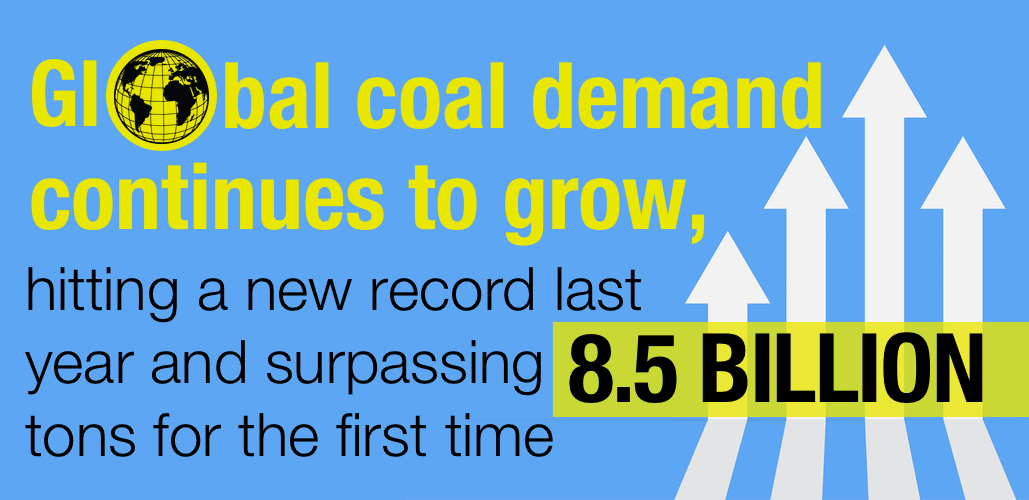
Energy Addition
The tragic collapse of Baltimore’s Francis Scott Key Bridge on March 26 and its impact on the Port of Baltimore has brought a fresh eye to the importance of U.S. coal exports to domestic miners but also to global markets. It has also highlighted that global coal demand continues to grow, hitting a new record last year and surpassing 8.5 billion tons for the first time.
U.S. coal exports are a critical piece of that global equation, reaching more than 70 nations. The Port of Baltimore is the nation’s second largest hub for coal exports behind Norfolk, Virginia and accounts for 28% of U.S. coal exports. Thermal coal moving out of Baltimore played a crucial role in helping Europe keep the lights on during the toughest months of its energy crisis following its rapid pivot away from Russian energy. And last year, thermal exports from Baltimore primarily moved to India for use in the cement and brick manufacturing industries.
Metallurgical coal exports from Baltimore, used for steel making, largely move to Asia with top destinations including Japan, South Korea and China. The majority of the world’s primary steel production — about 70% — uses coal-fueled blast furnaces. Last year, U.S. coal exports rose 17.7% from 2022 to 90.5 million metric tons. Of that volume, 51.4% was metallurgical coal and 48.6% was thermal coal.
Coal remains foundational to the world’s energy and economic development needs, and a strong market for U.S. coal exports reflects that reality.
Losing Touch with History and Reality
Renowned energy analyst and historian Dan Yergin recently observed that the world isn’t just using more coal than ever before but three times what it did in the 1960s. While Yergin recognizes significant changes in the global energy mix, he said, “I’m sick of the energy transition discussion. It sometimes loses touch with economic history and reality. If you look at the history of energy transitions, they all last for over a century. To try and make change happen in 25 years, or even half of that time is highly unlikely.”
For Yergin – and energy analysts the world over – the coal age has miles to run. The International Energy Agency (IEA) expects coal consumption in India and Southeast Asia to in fact “grow significantly.”
By 2026, the IEA expects just China and India together to account for 70% of global coal demand. Those two nations and Indonesia opened 59 gigawatts of new coal generating capacity last year. India has 85 GW of new coal generating capacity already under construction with more expected.
Both China and India are rapidly adding renewable energy but see coal as essential to helping meet rising power demand and view it as an energy security and reliability backstop. China is on track to add 200 GW of new coal capacity by 2030. For comparison, that’s more new capacity than the entire existing U.S. coal fleet.
As Dan Yergin observed, we need a better energy transition discussion. Globally, we remain firmly in an era of energy addition. Just ask China and India.
- On April 3, 2024
